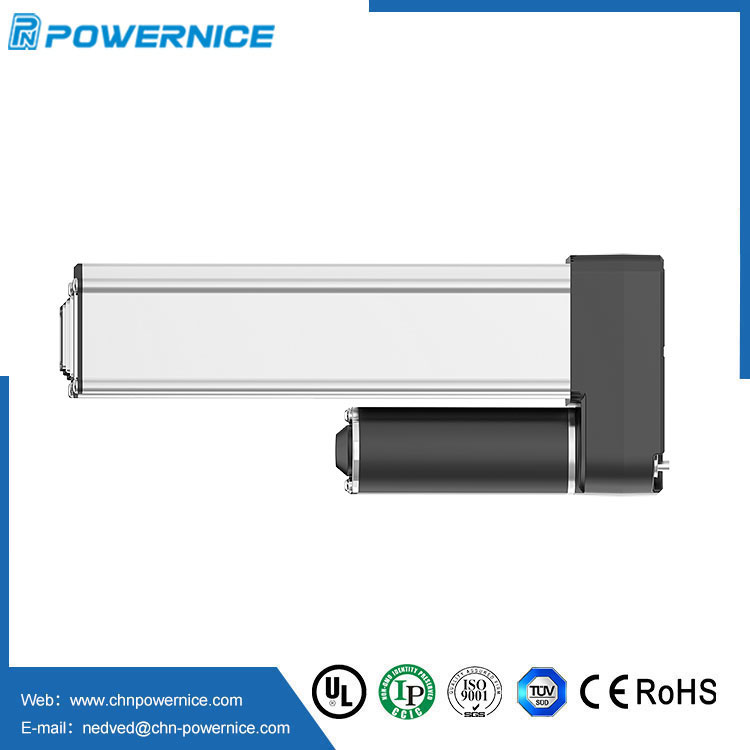Elevator Safety First: Exploring Crucial Features in Linear Actuators
2023-12-06
Introduction:
Elevators are a cornerstone of modern vertical transportation, ensuring swift and efficient movement within buildings. To guarantee the safety of passengers and prevent potential accidents or malfunctions, elevator linear actuators are equipped with an array of safety features. In this blog, we delve into the essential safety features that are typically incorporated into elevator linear actuators.
1. Emergency Braking System:
One of the primary safety features in elevator linear actuators is the emergency braking system. This mechanism is designed to bring the elevator to an immediate stop in the event of a malfunction or power failure, preventing uncontrolled movement.
2. Overload Protection:
Linear actuators are equipped with overload protection mechanisms to prevent the elevator from carrying a load beyond its rated capacity. This ensures that the actuator operates within safe parameters, reducing the risk of structural damage or failure.
3. Position Sensors:
Position sensors play a critical role in ensuring the accurate and precise positioning of the elevator car. These sensors continuously monitor the position of the linear actuator and provide feedback to the control system, allowing for real-time adjustments and preventing overshooting or undershooting of floors.
4. Fault Detection and Diagnostics:
Modern linear actuators often feature fault detection and diagnostic systems. These systems can identify irregularities or malfunctions in the actuator's operation and provide valuable information for maintenance crews to address issues proactively.
5. Limit Switches:
Limit switches are employed to define the upper and lower travel limits of the linear actuator. These switches ensure that the elevator does not travel beyond its intended range, preventing damage to the actuator and enhancing overall safety.
6. Manual Release Mechanism:
In the rare event of a power failure or other critical system malfunction, a manual release mechanism allows for the manual operation of the linear actuator. This feature ensures the safe evacuation of passengers in case of an emergency.
7. Door Interlock System:
Linear actuators are often integrated with door interlock systems that prevent the doors from opening when the elevator is not properly aligned with a floor. This feature enhances passenger safety by minimizing the risk of tripping or falling during entry or exit.
8. Anti-Creep Function:
An anti-creep function is designed to eliminate unintended movements or creeping of the elevator car when it is stationary. This feature enhances safety during boarding and disembarking, preventing unexpected motion.
Conclusion:
Elevator safety is a top priority in the design and operation of vertical transportation systems. The incorporation of advanced safety features in linear actuators ensures that elevators operate reliably and securely. From emergency braking systems to position sensors and manual release mechanisms, these safety features collectively contribute to creating a safe and secure environment for passengers, reflecting the commitment to elevating safety standards in the world of vertical transportation.



